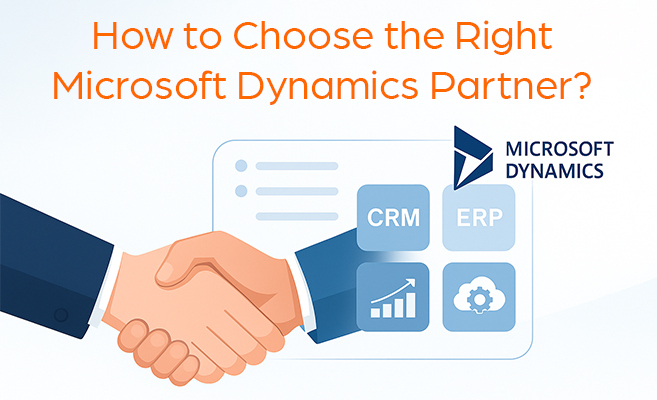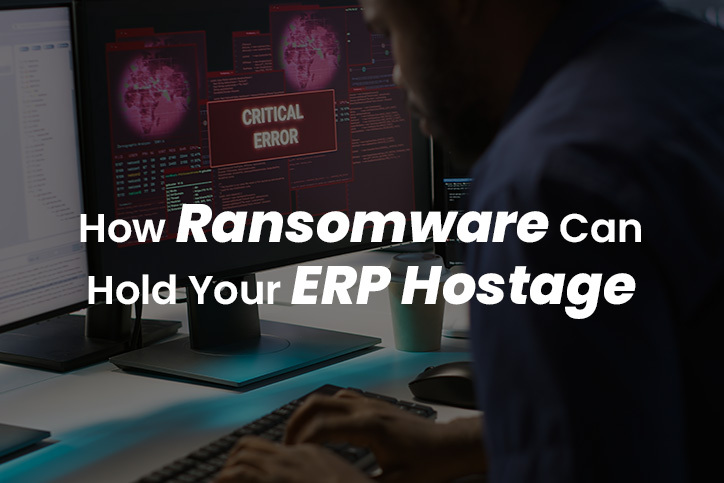Oracle Upgrades & Oracle Support
When you already have your Oracle Database configured and maintained just how you like it, it can be tempting to ignore upgrades and just leave them how they are. But as Oracle releases new upgrades, you may be wondering – when is the right time to upgrade, and how should I go about it?
It can be difficult to decide whether to upgrade or not. Whether it’s your dying smartphone or your laptop operating system, the decision is not an easy one.
On one hand, you know that upgrading comes with a number of benefits: newer technology, resolved long-standing issues, additional features, etc. But on the other hand, upgrading takes time. It’s additional work that you have to do, and at the end of it, you may find that you prefer what you had before anyway.
That’s why Oracle Database Administrators will often recommend that you don’t upgrade, even when Oracle continues to release them every year. These database administrators don’t want to “rock the boat”. If they’ve got everything configured and running smoothly, why bother with an upgrade, right?
You can see their logic. But without these upgrades, you’ll miss out on a number of key benefits:
- Inclusion in support cycles,
- Security patches to identified vulnerabilities,
- New data protection features that build on old versions
Upgrading is especially critical in two key scenarios:
- Third-Party Relations: If your Oracle Database is connected to third-parties via their applications, you’ll likely need to stay as up to date as they are. You don’t want to be the weak link in the chain that’s putting off upgrades, allowing security gaps to continue to exist, and dragging your network of connected organizations down.
- Support Costs: As mentioned above, upgrades allow to you stay a part of the more recent support cycles. In fact, this year’s Oracle Database 19c upgrade gives you Premier and Extended support until March 2023 and March 2026 (respectively). Failing to take advantage of this will mean that you won’t have that support; in the event that something goes wrong, you’ll have to pay a premium fee for support from Oracle.
The 3 Steps To Managing Your Oracle Database Upgrade
Now that you know how much there is to gain from upgrading, it’s important to note that you shouldn’t do so recklessly. An effective upgrade takes time and planning, so be sure to follow these three steps:
- Plan Carefully: Your first step is to slow down and think about the potential upgrade you may undertake. As you go, make sure to document your plans, and break them down into the most granular steps possible. It’s vitally important that you compare your current platform with the capabilities of the considered upgrade. Make sure you understand the feature sets offered, and whether it’s compatible with what you do, and the third-parties you’re connected with. Once you have checked off every item on your list, and have considered every potential opportunity for improvement or complication in the event upgrade, you can make a better-informed decision and begin your upgrade process.
- Budget For Downtime: This point is two-fold. You first have to be aware of the downtime you’ll incur while upgrading. The process can take some time, during which, obviously, you and your staff won’t be able to access the database. Plan strategically to have this downtime occur after hours, or on weekends, if your business hours allow it. If not, relegate it to the most convenient window of time available. In any case, be sure to notify all affected parties of the downtime long before it’s scheduled to occur. Secondly, make sure you understand the downtime that may occur on the new database system after you upgrade. Not all databases offered by Oracle are equal, and some do not run 24/7. While you should do your best to minimize downtime, it may not be necessary depending on your hours of operation. If downtime can be relegated to when your users do not need to access the database, that would be the ideal arrangement.
- Test, Test, Test: After you’ve developed your plan and scheduled for your downtime, you need to begin testing. No matter how perfect your plan is, you shouldn’t proceed to the upgrade process before double-checking each step in a test environment. A test environment can show you where your plan may be incomplete, or how truly compatible your old version and the new version of the database really are. Once you can get through the testing process without any critical issues, then you should feel confident in proceeding to the actual upgrade.
One last final note: although the benefits of upgrading are clear, and associated risks can be mitigated with the right plan and testing process, it’s important to understand that you should never undergo an upgrade immediately when it’s released.
Give it some time to be tested by other users, who can spot bugs and other issues before you go to the trouble of changing your database. In a perfect world, you’re always one patch behind the latest offered by Oracle, providing a safe buffer between your system and potential issues.
Like this article? Check out the following blogs to learn more:
Your Fool-Proof Guide for Finding an Oracle Consulting Company
Top 5 Reasons Your Organization Should Migrate to Oracle Cloud
SoftArt Launches A New Brand Look And Feel








